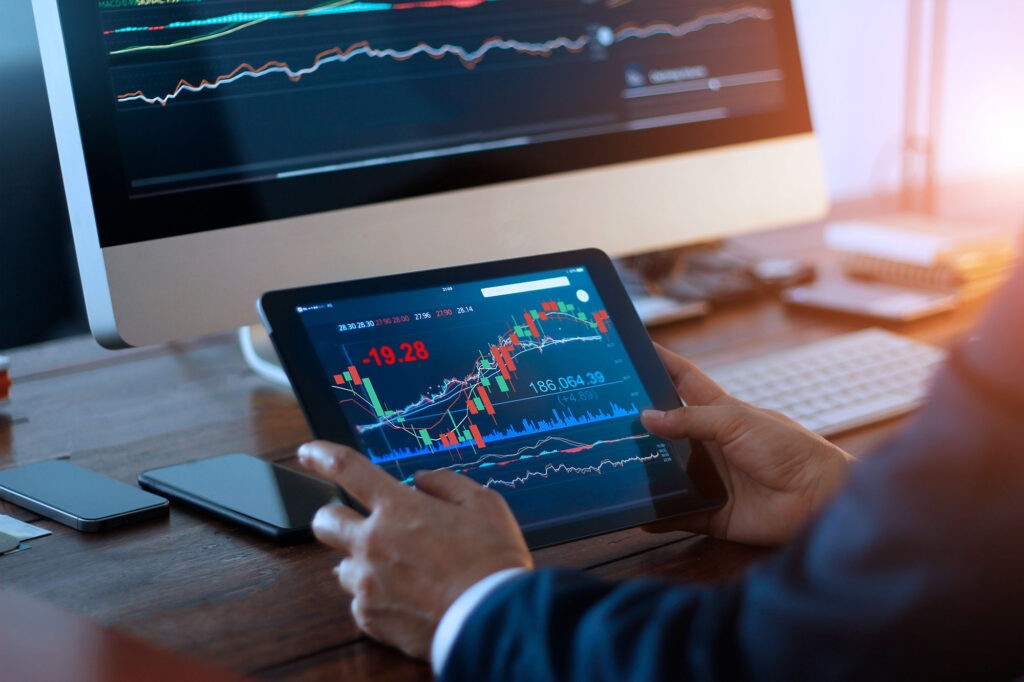The last few days have shown a dramatic increase in global concern about the COVID-19 Virus. With more than 80,000 people infected and the disease spreading as far as Italy, share prices in international equity markets have fallen 5 to 10% in the last week while real yields have made new lows in the US. All major developed market equity indices are now in negative territory year to date and the complacent investor sentiment from January has turned into outright fear.
Financial and mainstream media are now reporting non-stop about a potentially catastrophic global pandemic. But is this current level of fear really justified or are we experiencing a negative overshoot?
We are undoubtedly witnessing tragic events on a human scale, supply chain disruptions in the first half of the year are highly probable and major sport events this year are facing serious risks of cancellation. Despite all this, it is our conviction that this is not the time to panic for investors.
While uncertainty around the macro and micro outlook is high and the impact on company earnings is impossible to predict at this point, we can look at measurable market data to gauge where we are in the current correction:
1) Looking at prior periods of market stress, the worst may already be over
The S&P 500 is down -8% from its peak at the time of writing, which already brings this correction to levels that are consistent with the average of prior market pullbacks. In fact, the S&P 500 experienced 25 pullbacks greater than 5% since its March 2009 low – and many of them felt like the end of the world at times. The average pullback of these corrections was -7,9%, so we may already be close to a bottom here. The Ebola scare in October 2014 was around -10% in the S&P 500 before making new highs a month later.
2) The Volatility Index (VIX) is at 28
A VIX (also called “The Fear Index”) at a level of 28 indicates severe market stress as investors sell risk assets indiscriminately and bid up the price of hedging instruments. If you think about buying Put options right now, consider that a VIX at 28 implies expected swings of +/- 1.75% in the S&P 500 – every day for the next month. To us, this indicates that put options are very unattractively priced for portfolio insurance at the moment and if anything, investors could seek to earn this volatility premium by selling put options rather than buying them.
3) Other Sentiment measures also show signs of extreme investor fear
- On Monday around 90% of the stocks at the NYSE closed down, a sign of investor capitulation.
- The CNN Fear and Greed Index hit 22 yesterday. Historically, levels around 20 have been clear contrarian buy indicators.
- More than 75% of the stocks of S&P 500 are below their 50-Day-Moving-Average. (Admittedly, this can drop further to 90% like in December 2018.)
4) China could have already hit the lows a month ago
Obviously, China is further along in this virus scare than other regions. Interestingly the major Chinese Indices like the CSI 300 and the ChiNext have already risen strongly since their initial drawdowns (around -10%) in late January. Not least due to a strong intervention by the Chinese Central Bank. It is reasonable to assume similar measures by the ECB and Federal Reserve if the virus expands further.
Our recommendation for a balanced portfolio:
It might be tempting to try and time the market here. But the reality is that one is much more likely to miss the re-entry window in volatile markets like these. For example, the S&P 500 rose +5,2% on the next day after the market found its low on December 24th 2018. If one missed this single up day, one would have lagged the market significantly going forward.
Hence, instead of changing the overall market exposure, we believe the prudent thing to do is to make selective regional and sectoral adjustments in the core equity portfolio.
Thus, we rotate out of companies that depend on global supply chains or are more exposed to consumer spending while adding/buying into defensive quality companies in the Software, Clean Energy and Food space.
Overall, our expectation at this point in time is that this too will turn out to be one of the many corrections of this cycle and not a cycle-ending downturn. Scary to live through, but ultimately only volatility for a long-term investor.
Christian Tury

